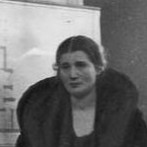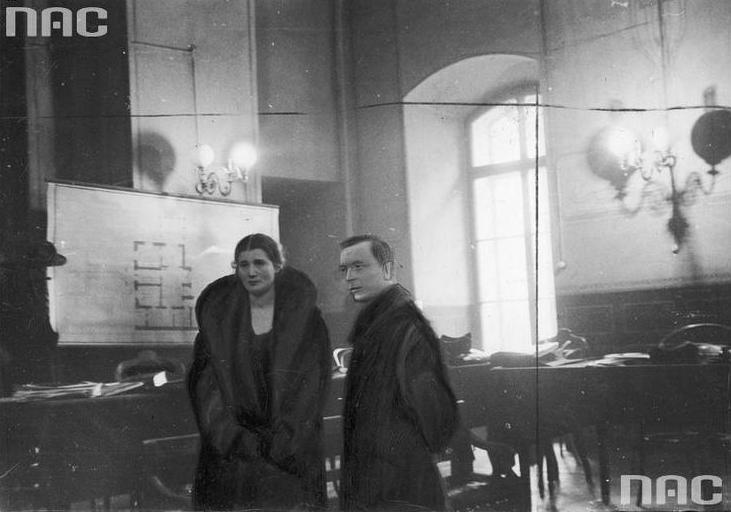
1901 - 1939
Rita Gorgonowa
Summary
Name:
Rita GorgonowaYears Active:
1931Birth:
March 07, 1901Status:
DeceasedClass:
MurdererVictims:
1Method:
Blunt force traumaDeath:
September 03, 1939Nationality:
Croatia / Serbia
1901 - 1939
Rita Gorgonowa
Summary: Murderer
Name:
Rita GorgonowaStatus:
DeceasedVictims:
1Method:
Blunt force traumaNationality:
Croatia / SerbiaBirth:
March 07, 1901Death:
September 03, 1939Years Active:
1931Date Convicted:
May 14, 1932bio
Rita Gorgonowa was born Emilia Margerita Ilic on March 7, 1901, in Knin, Dalmatia, then part of Austria-Hungary. Her father, a physician, died when she was only three, and her mother remarried. From a young age, she faced instability. At fifteen, she married Erwin Gorgon, a colonel in the Austro-Hungarian Army. Around 1918, she gave birth to a son and moved to Lwów (then Poland) to live with her husband’s family.
After Erwin emigrated to the United States to look for work, Rita’s in-laws forced her out of their home, accusing her of immoral conduct. Left with no support, she placed her son in their care and found work as a governess to survive.
In 1924, Rita began working as the governess for architect Henryk Zaremba, caring for his two children, Elżbieta (called Lusia) and Stanisław. Zaremba’s wife had been institutionalized for mental illness. Over time, Rita and Zaremba developed a romantic relationship, and in 1928 she gave birth to their daughter Romana. Rita hoped Zaremba would marry her and legitimize their child, but their relationship was a source of tension in the household, especially with teenage Lusia.
By the early 1930s, Rita was effectively the lady of the house, running the villa, raising the children, and maintaining her affair with Zaremba. But beneath the surface, resentment and conflict were growing, and soon, they would explode into one of Poland’s most notorious murder cases.
murder story
On the night of December 30–31, 1931, 17-year-old Lusia Zaremba was bludgeoned to death as she slept in her bedroom. Her brother Stanisław was woken by the family dog’s cries and later testified that he saw a person wearing a sheepskin coat standing near the Christmas tree. He believed it was Rita.
Investigators quickly zeroed in on Gorgonowa. No signs of a break-in were found, and there were no footprints in the snow outside the house. The police concluded the killer was someone living inside. They alleged Rita struck Lusia with a blunt object, tried to stage the crime as a sexual assault, then escaped through the front door. She was accused of striking the dog to silence it, but the blow caused the animal to cry out, waking Stanisław.
Rita cut her finger breaking a small window to get back into her room, then allegedly changed clothes and rejoined the family as if she had just discovered the crime. An ice pick was later found in a pool, along with bloodied items. The blood was identified as type A, while Rita’s blood type was O—an inconsistency that her defense emphasized.
On May 14, 1932, after a sensational trial, Gorgonowa was convicted and sentenced to death. Her defense appealed, citing procedural errors and questionable forensic evidence. While in prison, she gave birth to another daughter, Ewa, in September 1932.

The Supreme Court overturned the original sentence. A retrial was moved to Kraków, and on April 29, 1933, Rita was re-sentenced to 8 years in prison instead of execution. She was due to be released in May 1940, but the outbreak of World War II changed everything. As German forces invaded Poland in September 1939, Rita was released early, on September 3, 1939.
Her life after release remains a mystery. Some believe she died during the war, while others claimed she survived, moved to Silesia, or even emigrated to South America. Her daughters maintained that she survived and lived out her life quietly.
Decades later, in 2014, her family announced plans to seek a review of her conviction, believing she may have been wrongfully convicted in a trial clouded by scandal and public hysteria.